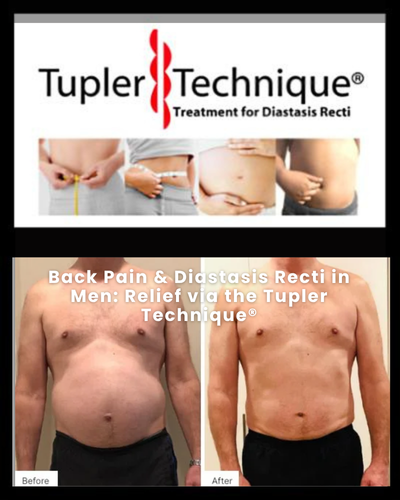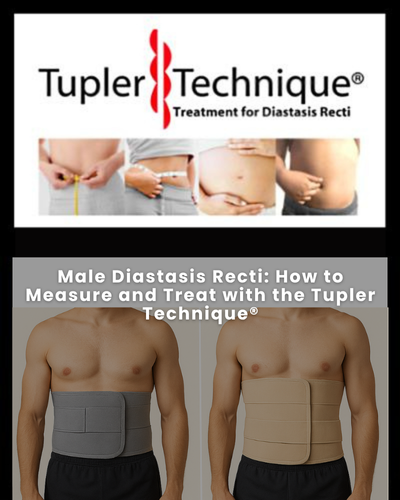The research study called "Efficacy of Tupler Technique on Reducing Post Natal Diastasis Recti: A Controlled Study" published in the Current Journal of Applied Science and Technology on 19 September 2015 was retracted by me because they did the study on my program and what they did, did not represent my program.
Had they done my correct Tupler Technique® protocol with me involved, they would probably have gotten much much better results!
The program does progress over 18 weeks. However, there is a specific protocol over the 18 weeks.
The program starts with the two seated exercises called the elevator and the contracting exercise. These were NOT mentioned in the study.
Headlifts are not started until week 4 of the program until the transverse abdominal muscle has been strengthened in the first three weeks of the program. It is difficult to engage the transverse muscle in a backlying position . That is why it must be strengthened seated for three weeks.
The abdominal crunches and reverse crunch are never EVER done in my program. Those exercises make the diastasis larger or can create a diastasis!
The exercise called pelvic bridges, leg lifts and leg slides are only done in week six of the program after the client is doing 10 sets of 100 of the contracting exercise. The Tupler Technique® teaches a diastasis safe workout in week size of the program so as not to undone all the gains of making the diastasis smaller in the first six weeks.
Last of all, the dyna band shown in the study is NOT the Diastasis Rehab Splint®.
The dyna band is what is used in doing upper and lower body exercises. You cannot wear the dyna band. The Diastasis Rehab Splint® is used to reposition both the separated muscles and the weak and stretched out connective tissue. This splint is worn all the time except 15 minutes for bathing. Just like a cast the purpose is to continuously keep the muscles and connective tissue in a close together position. The muscles need to be close together so they move in the right direction. Forwards and backwards. This is the only way the muscles and connective tissue can be strengthened when doing the seated exercises. If the exercises are done without a splint with a diastasis of 4 fingers apart or more, the muscle just move side to side.
The goal of the Tupler Technique® is to make the connective tissue strong enough to hold the muscles in a close together position. It does this three ways:
1. Repositioning the muscles and connective tissue
2. Protecting the connective tissue from getting stretched in a forwards or sideways direction
3. Strengthening the abdominal muscles with the Tupler Technique® exercises.
The Tupler Technique ®statistics with 372 clients showed that in six weeks it made the diastasis 55% smaller. Click here to see all the evidenced based statistics of my website.
To learn more about Diastasis Recti & the Tupler Technique® read this article: DIASTASIS RECTI RESEARCH AND EVIDENCED BASED EXERCISE PROGRAM
To view my women's programs click this link: WOMEN'S PROGRAM PACKAGES
Watch the short video below to know what a diastasis is.









